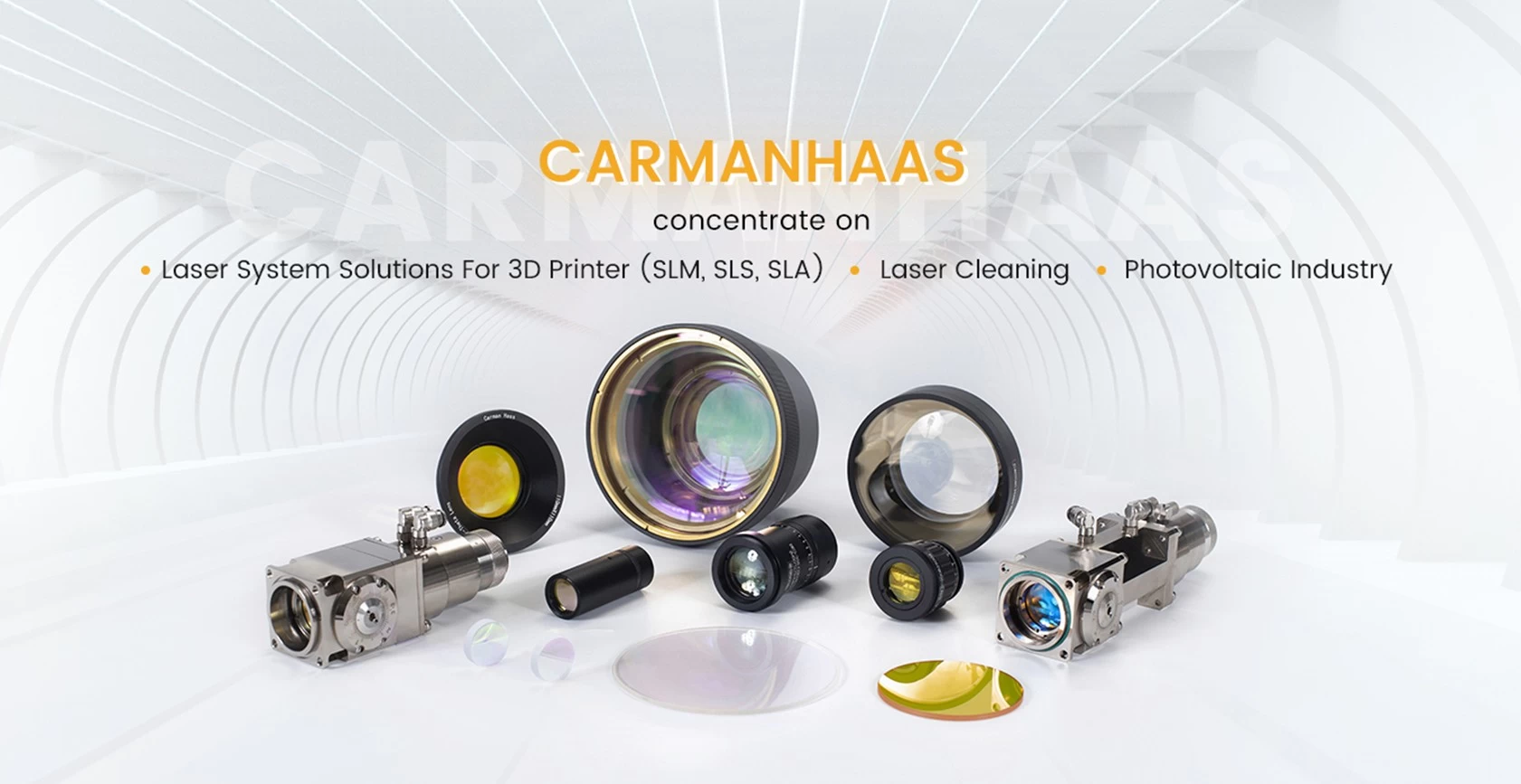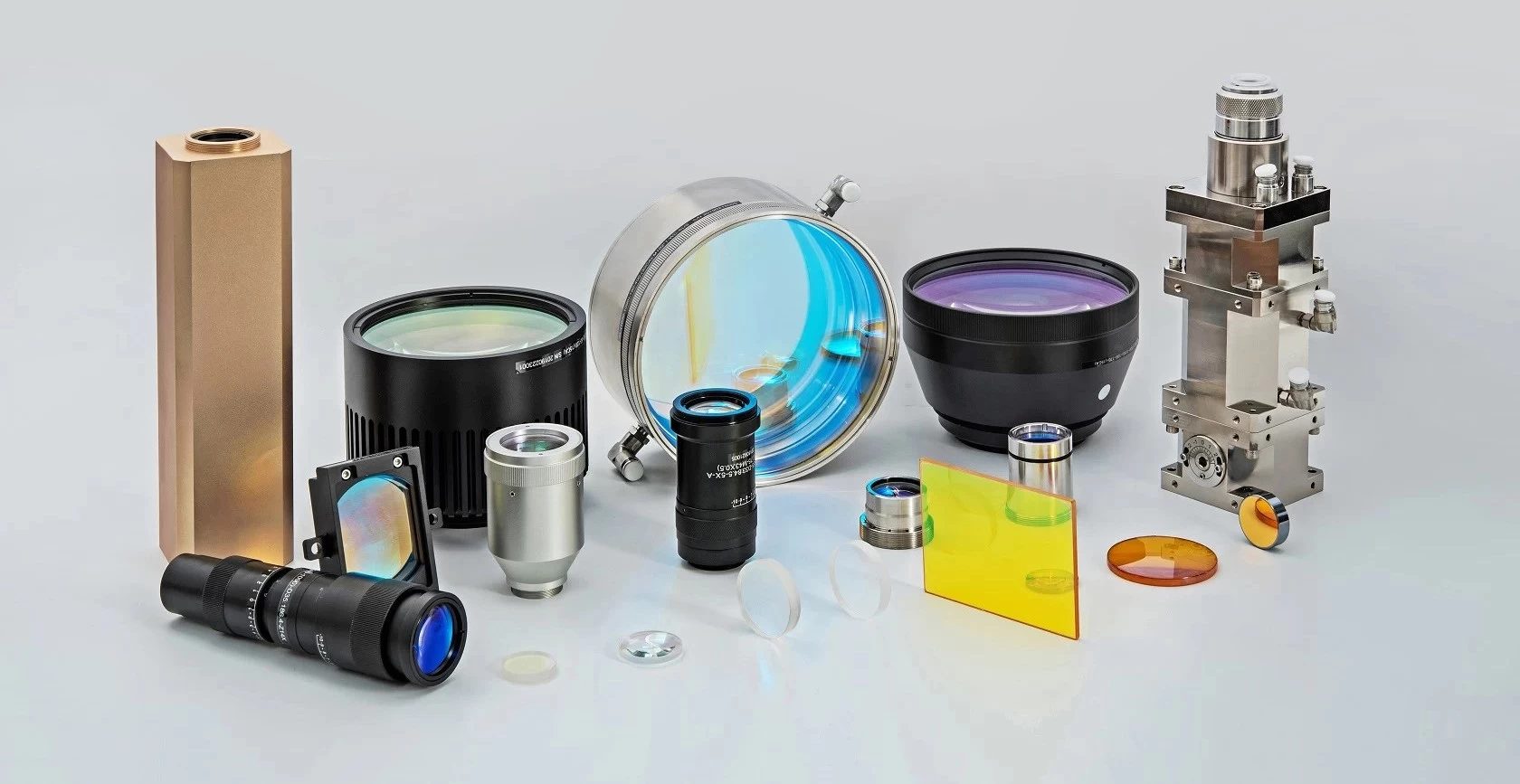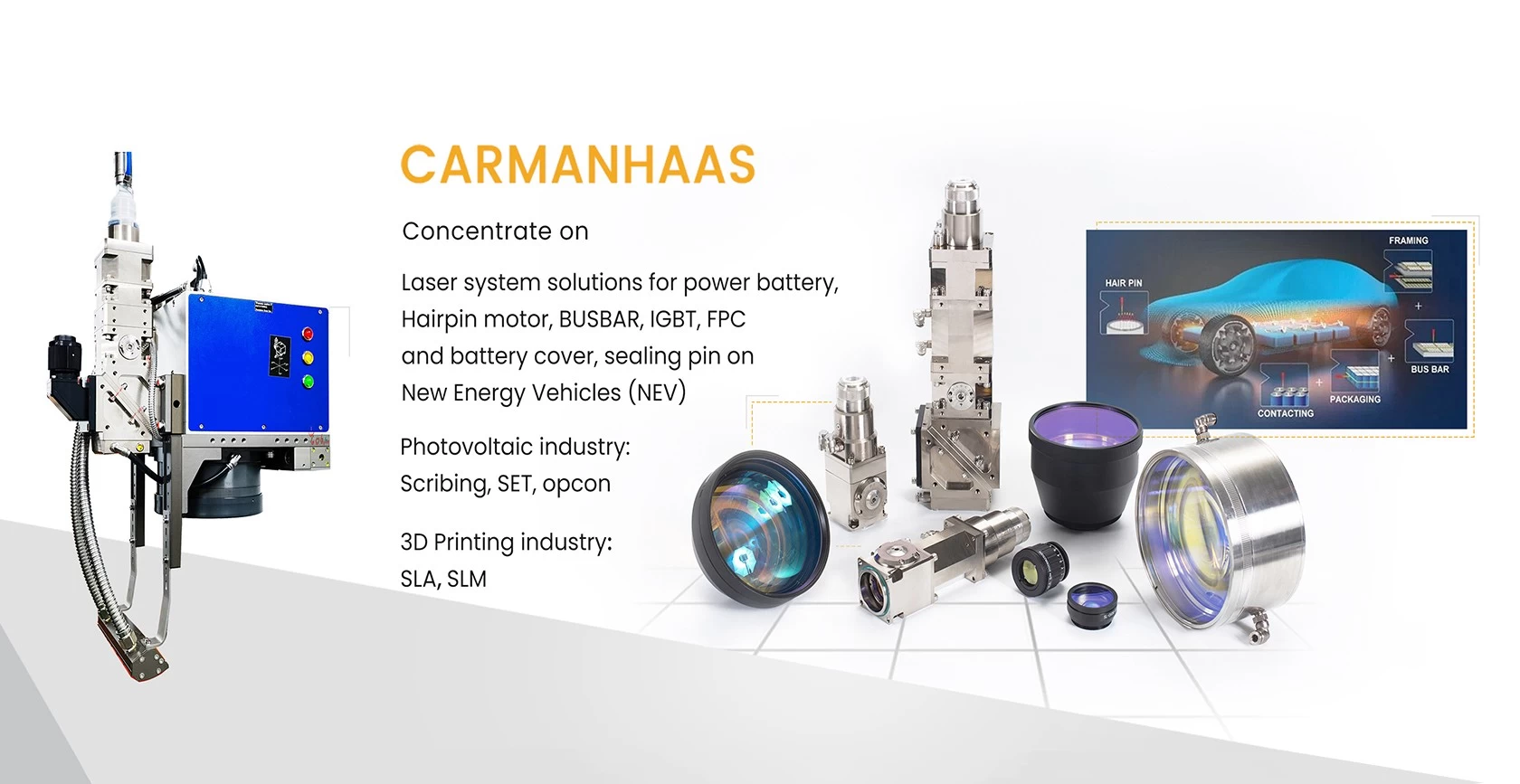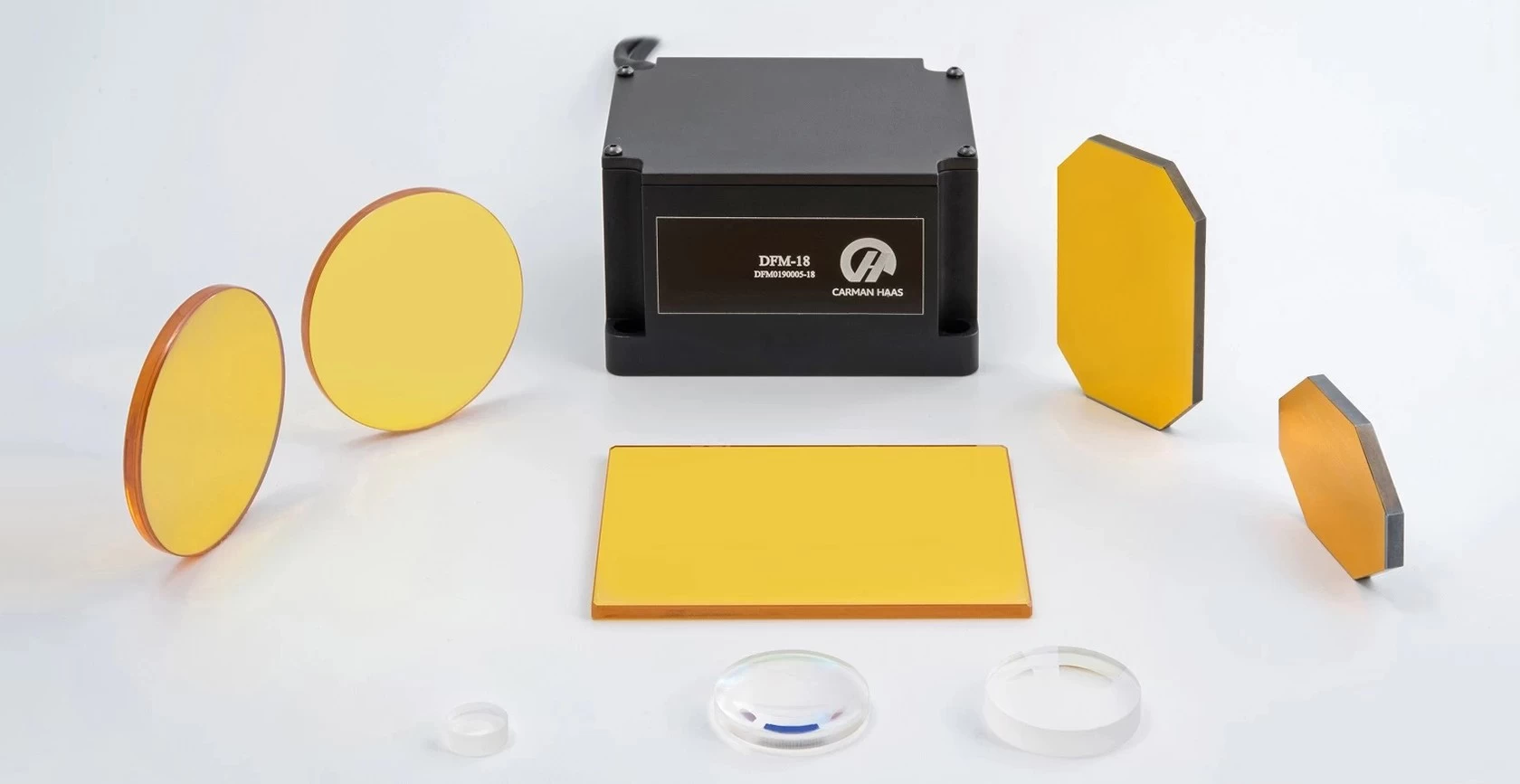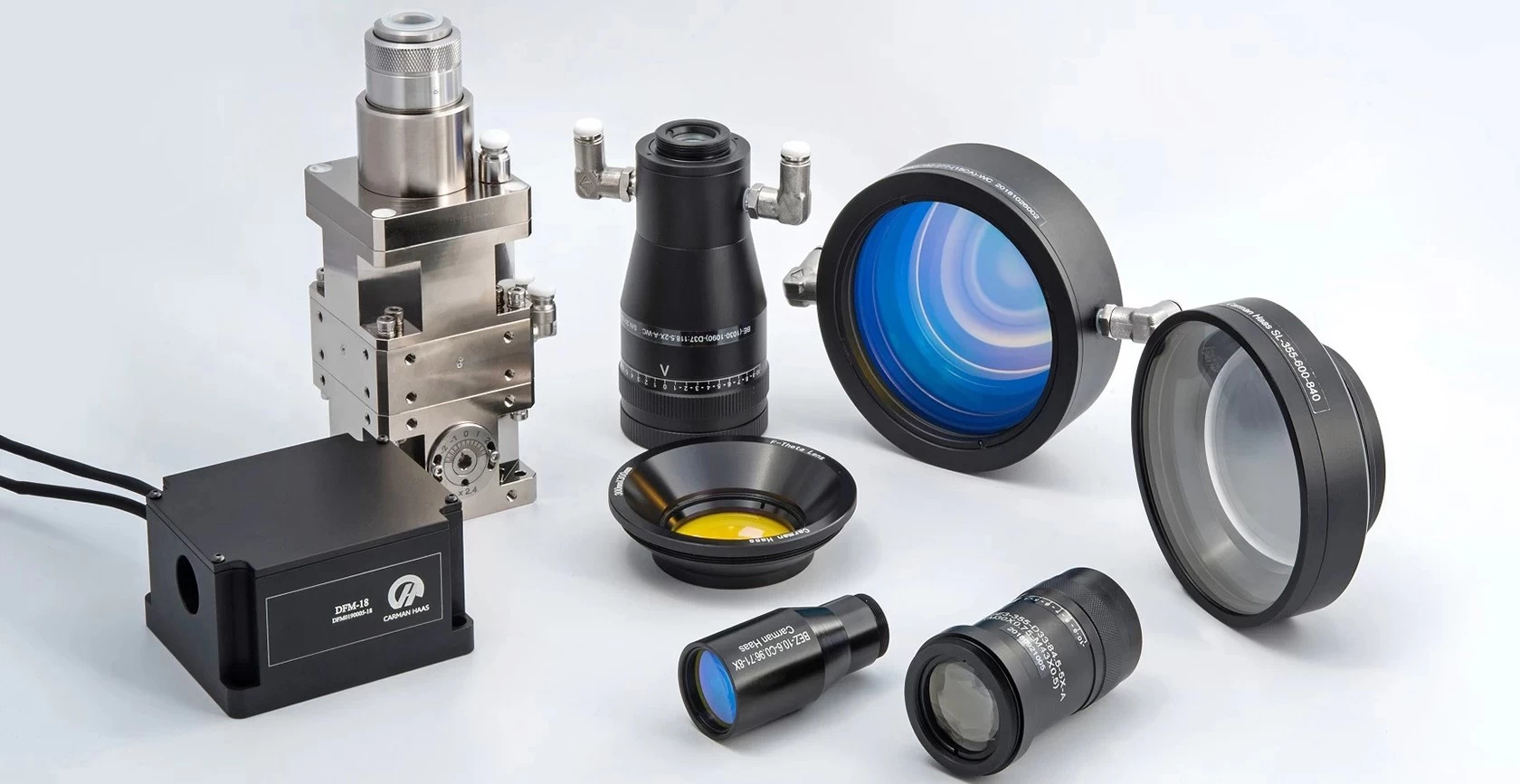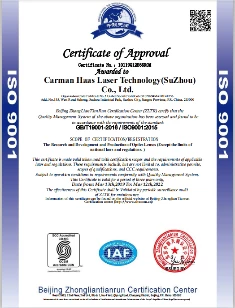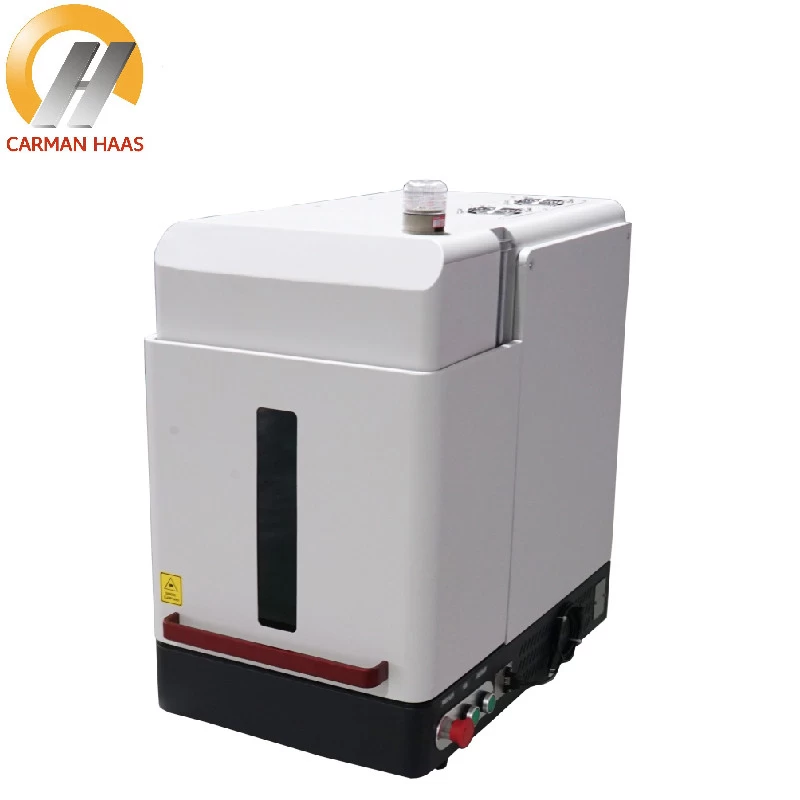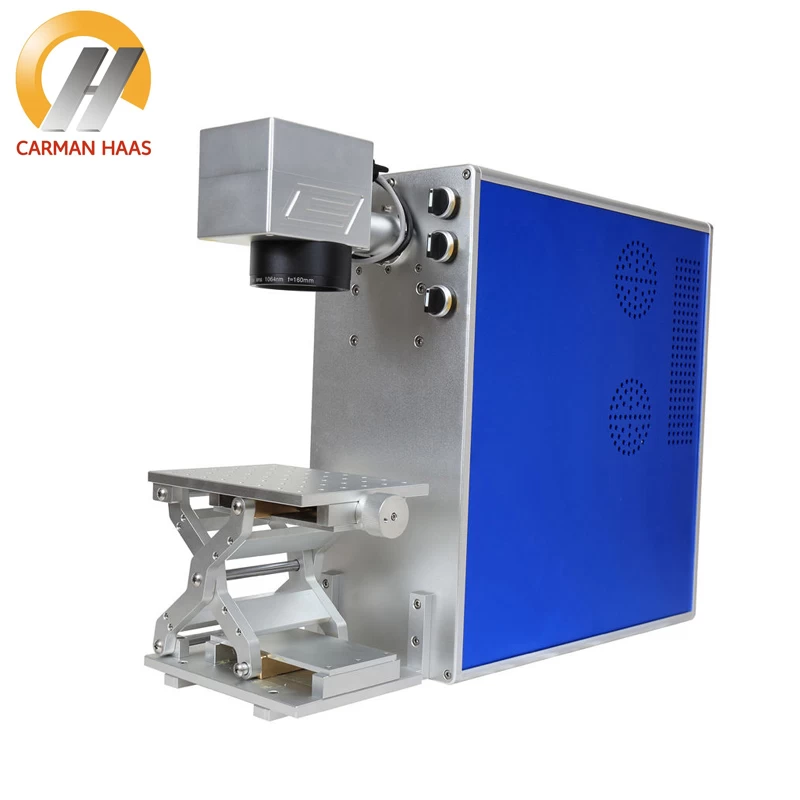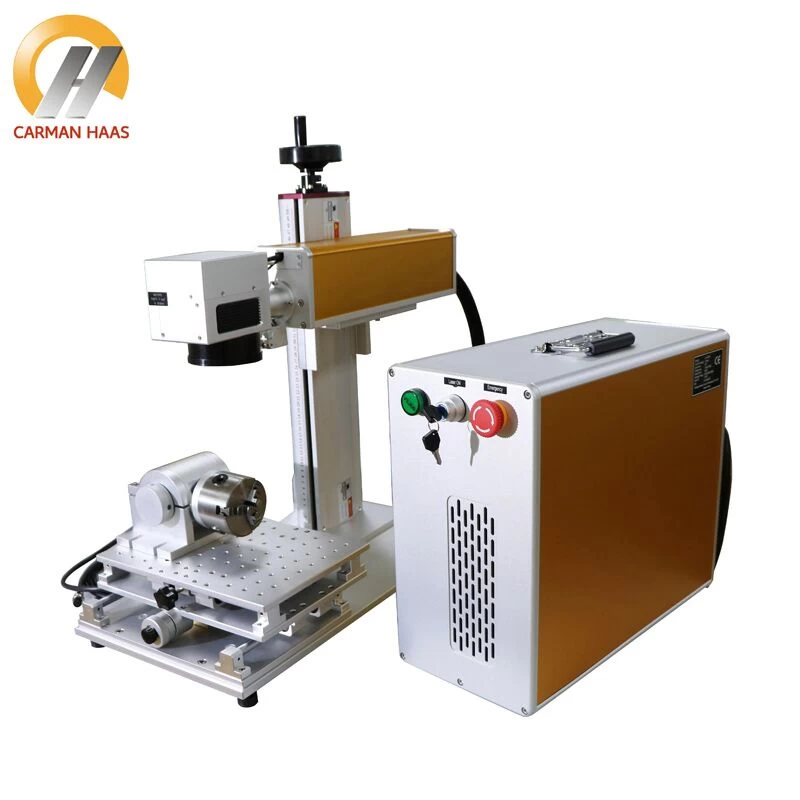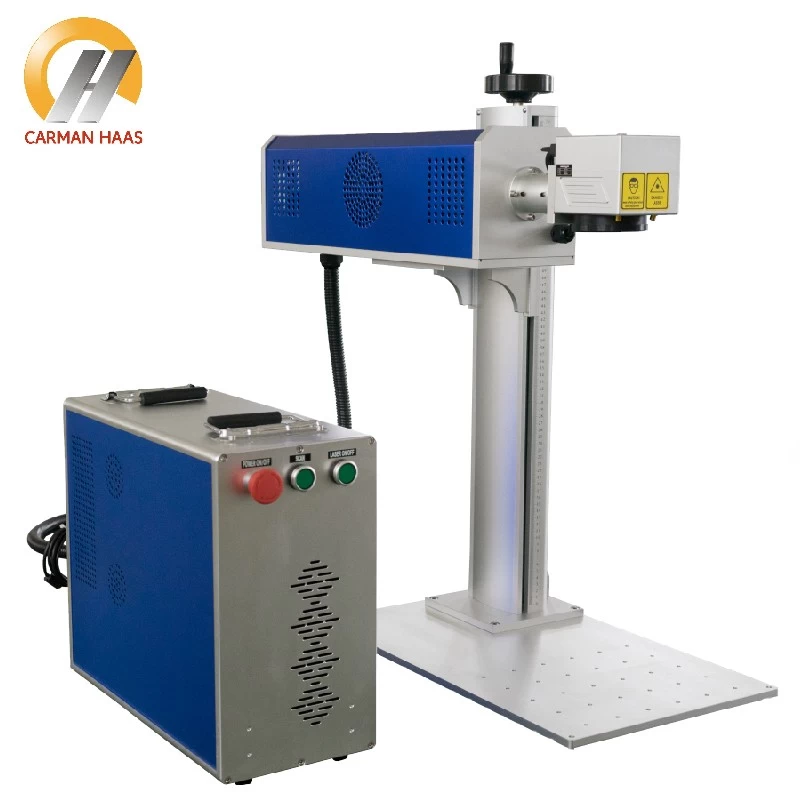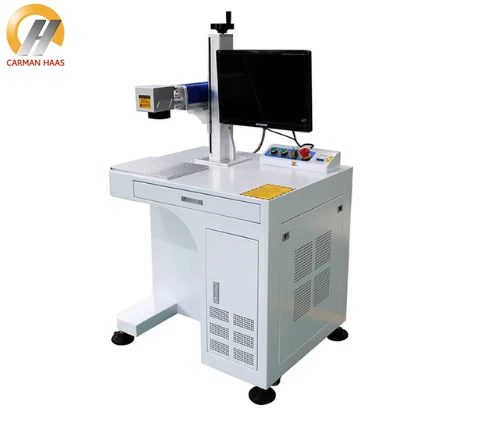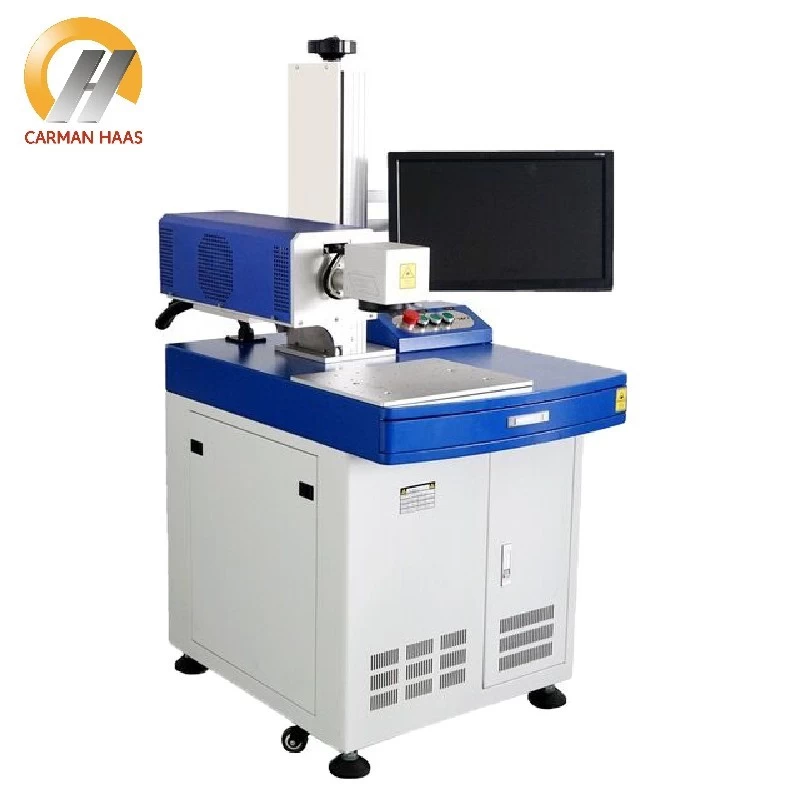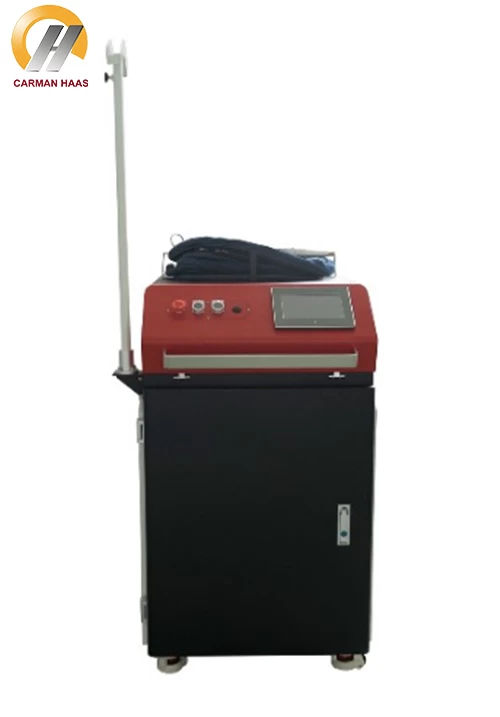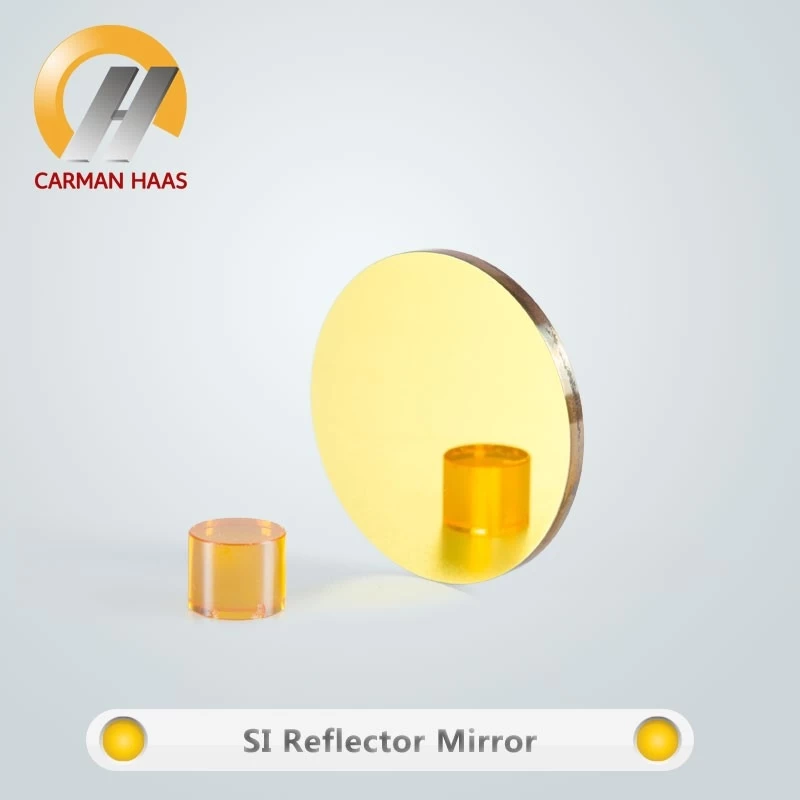Optical Coating--Laser Reflection Mirror
Used in the laser cavity as end mirror or foldmirror, and in the beam delivety as reflective mirror. Substrate is typically silicon, Cu and Mo. Silicon is the most commonly used mirror substratedue to its good "figure of merit" properties. Cu because of its highthermal conductivity is generally used in high-power laser systems. Mo-resistant surface suitable for the specific needs of the physical environment,it is generally uncoated. In the low-power laser cavity, such as Glass tube andRF tube, end mirror commonly used silicon, the radius of curvature can becustomized according to customer demand.
Mirror is a commonly used optical element in an optical system, and is generally used to change the direction of the light path in an optical system. The quality, performance and reliability of the reflector affect the overall effect of the optical system. When selecting the reflector, the reflectivity, laser damage resistance and coating durability of the reflector should be considered. Mirrors can be divided into plane mirrors, spherical mirrors and aspheric mirrors according to their surface shapes; according to coating materials, they can be divided into two types: metal film mirrors and dielectric film mirrors.
The following describes the characteristics of metal film mirrors and dielectric film mirrors.
Metal film mirror
Metal film is relatively easy to oxidize. Generally, a layer of silica is added to its surface as a protective film, but the influence of the film layer on the polarization state of the beam is difficult to quantify, and absorption and scattering may occur. Mirror with protective film. Metal film mirrors without protective film are more fragile, so pay special attention when handling them. Never touch the metal film directly with your hands.
Commonly used materials for coating metal reflective films are aluminum, silver, and gold, which have the advantages of high reflectivity and low polarization effect.
Silver film characteristics: the highest reflectivity in the visible and near-infrared light range, chemically unstable.
The characteristics of gold film: the reflectivity of near infrared light is similar to that of silver film, and its chemical properties and strength are higher than that of silver film.
Aluminum film features: high reflectivity in the ultraviolet, visible and infrared ranges.
Among the three metal films, the aluminum film has the highest reflectivity to ultraviolet light, with an average reflectivity greater than 90%. A very thin layer of aluminum oxide can be formed on the surface in the air, so the film layer is relatively strong and stable.
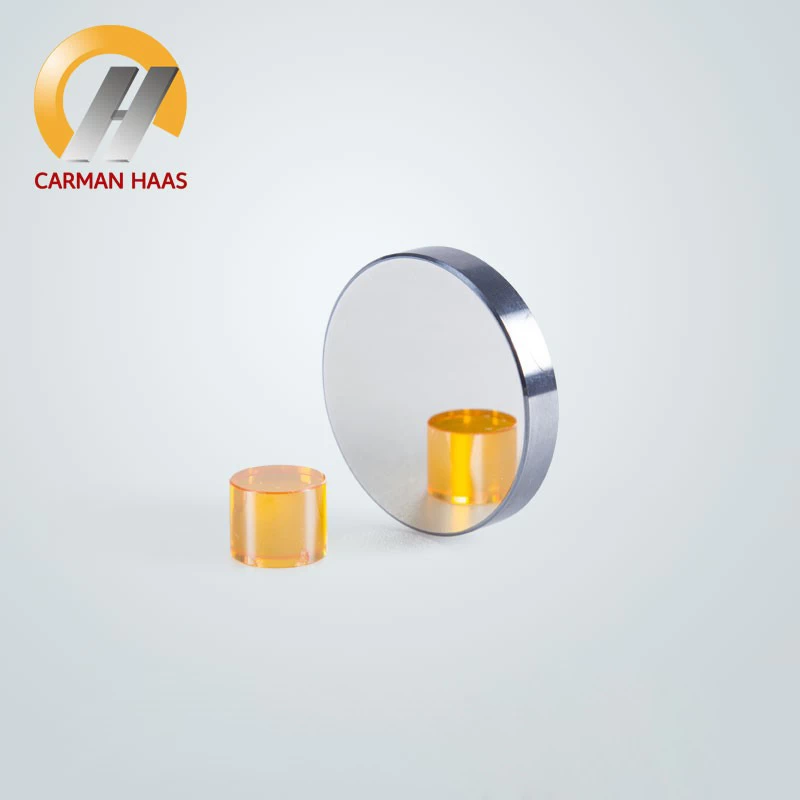
Reflector mirror factory china
Dielectric film mirror
Compared with metal film mirrors, dielectric film mirrors have higher reflectivity in the band range of several hundred nanometers, and the dielectric film layer has higher durability, stronger laser damage resistance, lower absorption loss, and reflection The rate can be close to 100%. With its superior performance, dielectric film mirrors are suitable for laser resonators, high-performance multi-beam interferometers and other optical systems that require high reflectivity.
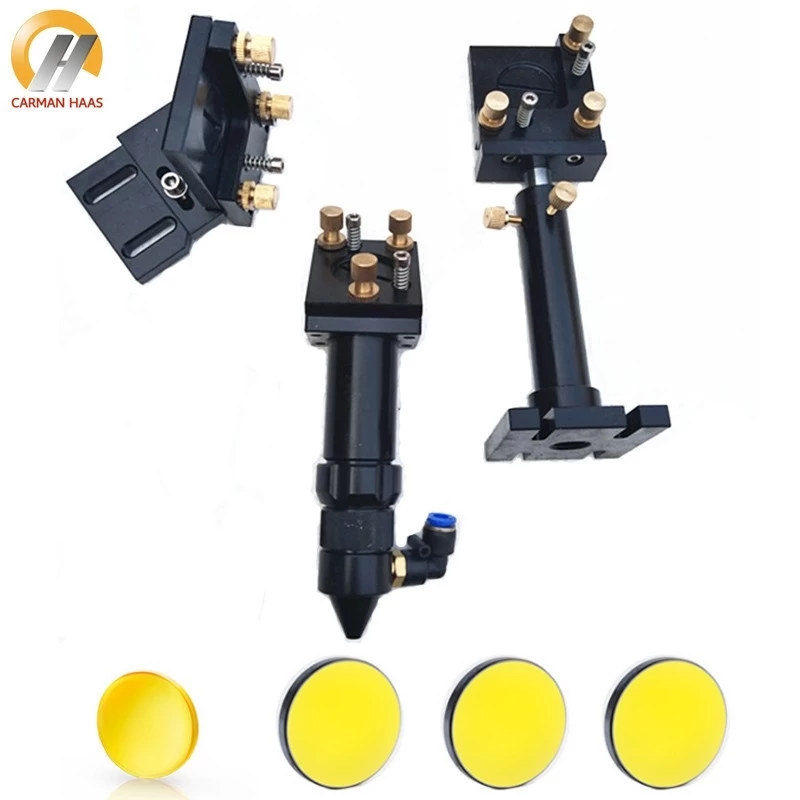
Laser Reflector Si Mirror/ Reflector - Reflector manufacturer China
The principle of the high reflectivity of the dielectric film mirror is to coat a dielectric film with an optical thickness of λ0/4 on a substrate with a refractive index of n, and the reflected light generated by the air-film layer and the film-substrate interface occurs on the surface Constructive interference greatly increases the reflectivity. The reflectivity of a mirror with alternating refractive indices of multiple layers and an optical thickness of λ0/4 on a substrate with a refractive index of n will be higher than that of a mirror coated with a single-layer dielectric film.



